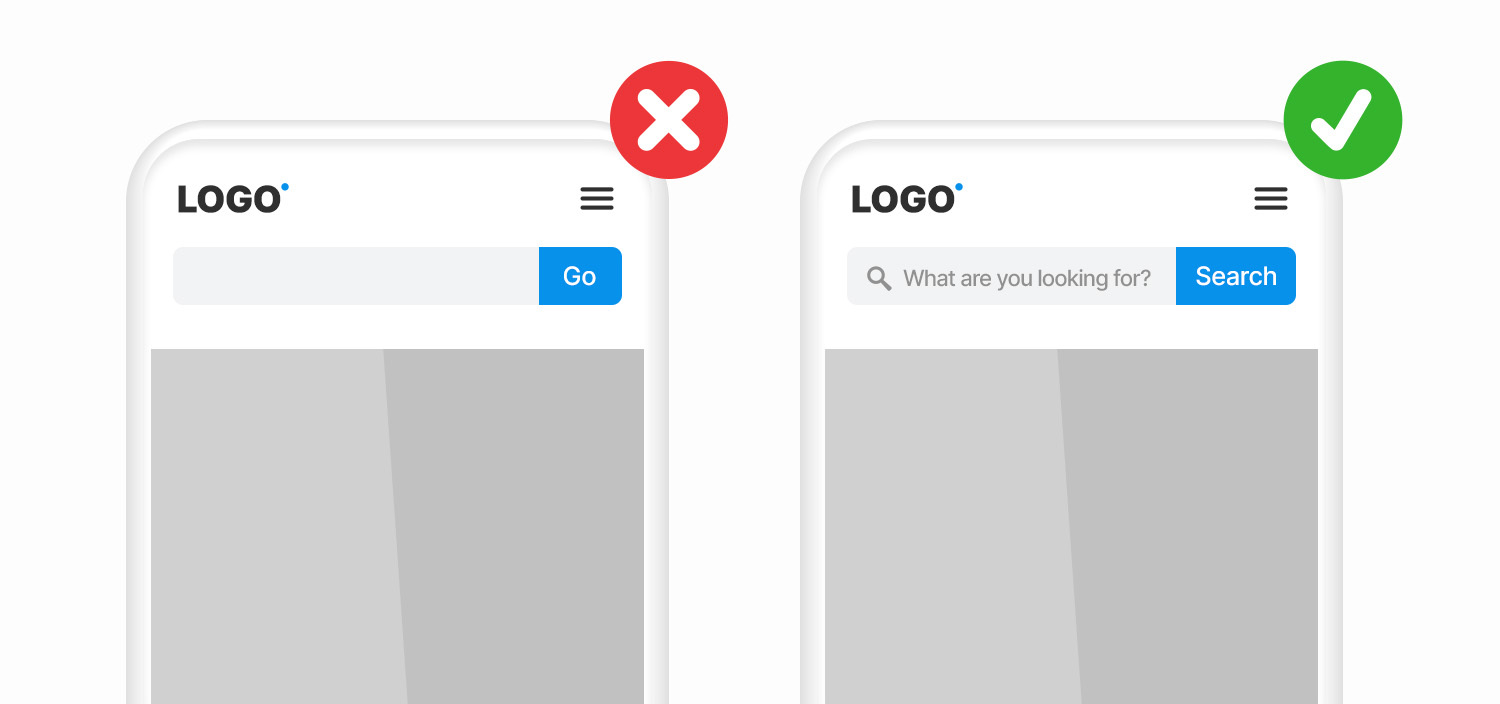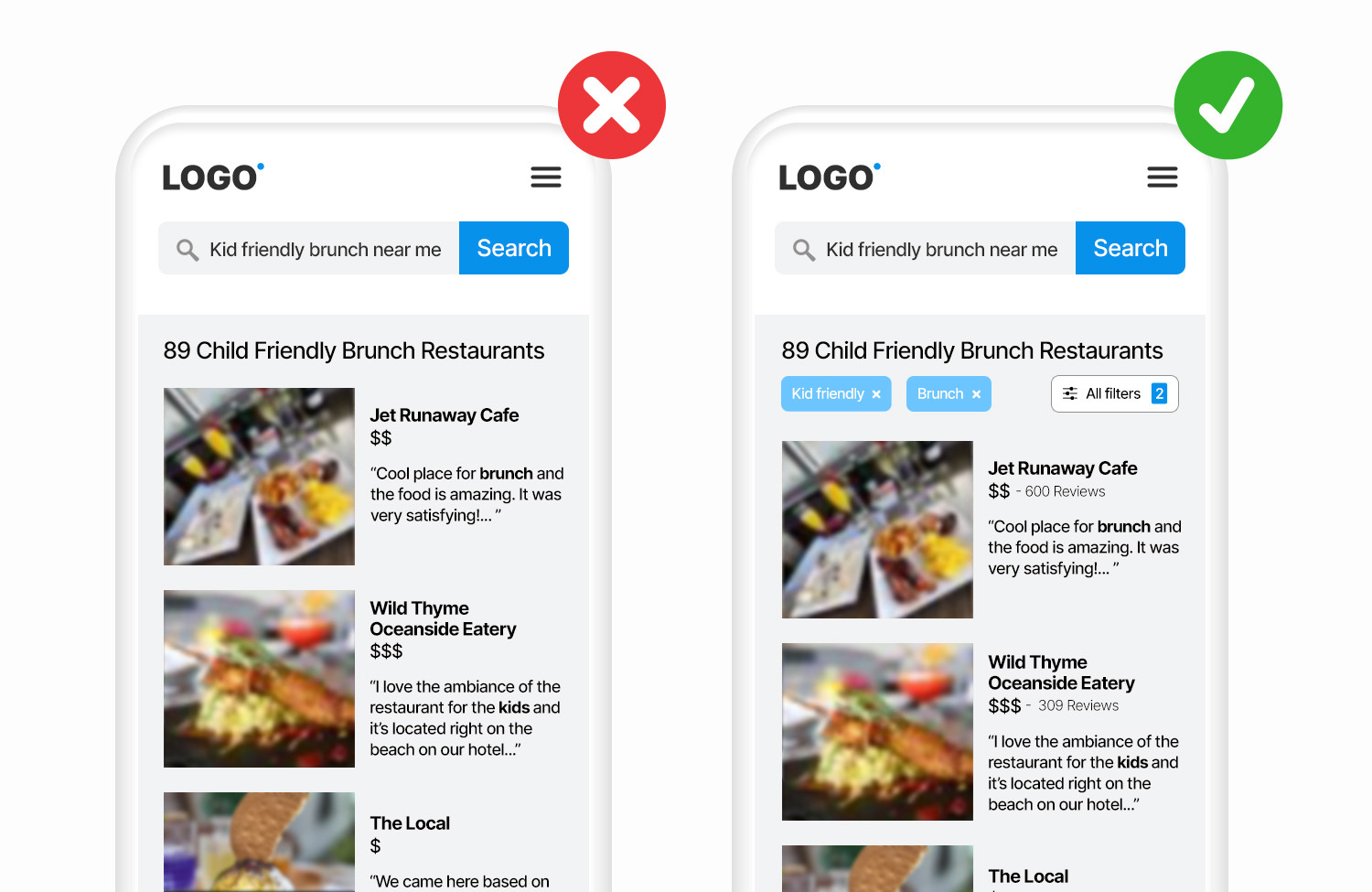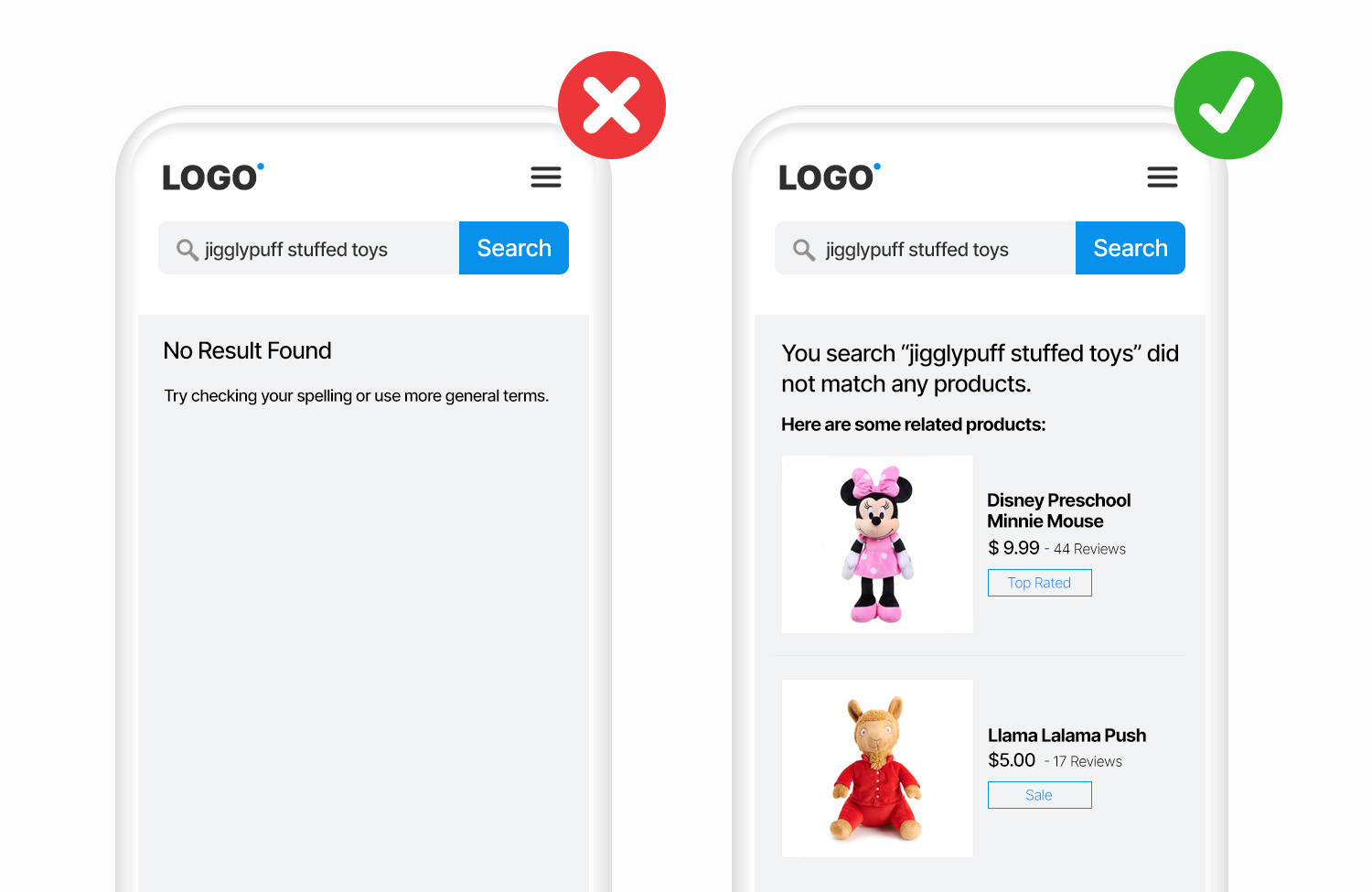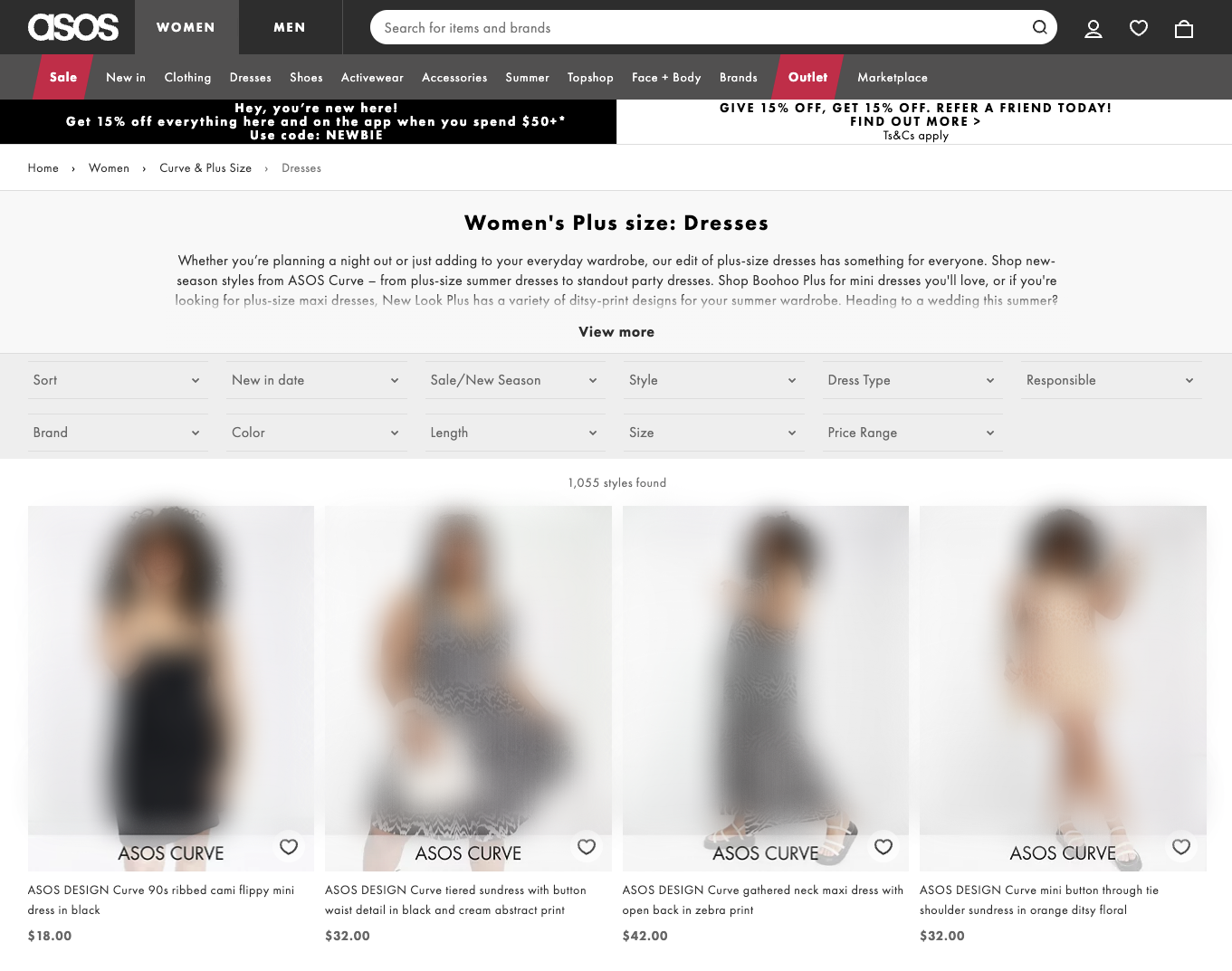
Regardless of how straightforward your website is to navigate or how clear the consumer expertise (UX) is, an on-site search perform is crucial.
Your website guests need a direct technique to discover precisely what they’re on the lookout for.
On-site search is greater than a search field; It’s a vital facet of how guests work together together with your website.
Google has set the bar fairly high and lately customers anticipate search to work flawlessly. This implies your search on the location should return related outcomes or guests might depart the location and you’ll lose potential enterprise.
So how can you make sure that your native search helps to transform website guests into clients?
We have compiled an inventory of onsite search greatest practices, how the information can impression your website positioning efforts, and an answer to the website positioning dangers concerned.
Greatest practices for on-site search
Is it sufficient to place a search widget in your website?
Uh, not fairly.
If the search perform doesn’t meet buyer expectations, it’s extra of a hindrance than a assist.
It means you’re simply placing up a barrier between customers and the product they wish to purchase from you.
Under are seven greatest practices to observe when including on-premises search to your website.
1. Placement of the search field
Your search bar needs to be straightforward to search out.
Nobody will scroll to your website footer to search for it.
When somebody views your website on a desktop, it needs to be in a outstanding place, ideally close to the top-right nook.
A cell gadget ought to have its personal line on the high of the display screen.
Watch out to not place the search area too near different fields, e.g. B. when subscribing to a publication, as this will confuse customers.
2. Search field design

Likewise, it needs to be instantly obvious what the search field does.
There are three design components: a search field, a search button, and a magnifying glass.
Within the search area, customers enter search queries.
If the enter area is just too brief, customers will not be capable to see all of their textual content, making it tough to simply edit their question.
A great rule of thumb is a textual content enter of 27 characters, which is acceptable for many consumer searches.
Including a search button to your theme helps customers perceive that there’s an additional step to set off the search motion.
It is very important embody the magnifying glass as it’s a extensively accepted image for “search”.
The icon needs to be giant sufficient to offer the consumer a transparent sign, even on a cell gadget.
3. Add placeholder textual content
It is a good suggestion to incorporate placeholder textual content within the search field to offer customers an instance of what they will seek for.
 Screenshot from SearchEngineJournal.com, June 2022
Screenshot from SearchEngineJournal.com, June 2022
4. Autocomplete

Autocomplete predicts what the location search consumer is on the lookout for primarily based on widespread or recommended searches.
The search field recommends an article or class that the consumer may be excited by, anticipating the search question and saving them the time and energy of typing.
This characteristic will not be about dashing up the search course of; It goals to assist customers make higher searches.
Watch out to not overwhelm customers with extreme recommendations; as much as 10 outcomes is greatest observe.
5. Customized rating choice
 Composite picture created by Paulo Bobita/Search Engine Journal, July 2022; Photographs are from yelp.com
Composite picture created by Paulo Bobita/Search Engine Journal, July 2022; Photographs are from yelp.com
Now let’s discuss what occurs after the search.
Your consumer simply finds the search field, enters textual content, clicks the search button and lands on the search outcomes web page.
As a website proprietor, you wish to management (or prioritize) which pages rank on the high of your search outcomes on the website.
The flexibility to manually rank pages offers the management it is advisable promote seasonal merchandise or particular gives.
6. No outcomes web page
 Composite picture created by Paulo Bobita/Search Engine Journal, July 2022; Photographs are from kohls.com
Composite picture created by Paulo Bobita/Search Engine Journal, July 2022; Photographs are from kohls.com
What you do not need is a “No Outcomes” web page.
A “No Outcomes” web page seems like a lifeless finish.
When guests see “no outcomes,” they could suppose your website is not what they’re on the lookout for – and depart.
Giving guests a approach ahead is the perfect plan of action.
Below the “Zero Outcomes” message, strive including a number of associated merchandise or classes which may pique guests’ curiosity.
7. Simplify outcomes
An area search goals to shortly discover what you’re on the lookout for.
Meaning on-site search outcomes must be simplified.
Filters enable clients to refine their search to search out what they’re on the lookout for.
 Screenshot from asos.com, July 2022
Screenshot from asos.com, July 2022
For instance, somebody looking for “plus dimension marriage ceremony visitor clothes” most likely needs to slim the outcomes by inventory dimension, coloration, value, and many others.
How on-site search is sweet for website positioning
As entrepreneurs, we put first-party knowledge and third-party knowledge collectively and do this software and that to know how we are able to enhance communication with our viewers.
The fantastic thing about onsite search is that you do not have to marvel what a consumer is as much as after they go to your website.
Customers sort precisely what they’re on the lookout for into your search field on the location.
And based on Forrester Analysis, on-line guests who use the search field are two to 3 instances extra prone to convert than non-searchers.
Properly, the details about what individuals are thrice extra prone to do in your website is one thing to remember.
Often monitoring the information out of your onsite search permits you to assist your website positioning efforts within the following methods:
- Web site UX.
- key phrase analysis.
- Content material gaps.
- SERP Characteristic: Sitelinks Search Field.
Web site UX
In case you discover a search development ranging from a particular web page, one thing is lacking from a navigation perspective.
Take a look at this web page and experiment with making the trending question extra outstanding on the web page.
For instance, if nearly all of on-search searches come from your property web page, and nearly all of searches goal the question “login,” it’s best to discover methods to make the login button extra outstanding on the house web page.
key phrase analysis
Alright, I’ll share the key of a quick website positioning analyst.
Customers sort what they’re on the lookout for into their search field on the location.
These search queries on the location are most probably much like what they initially entered into Google search.
The individuals who seek for these queries usually tend to turn out to be paying clients.
These are your “grand slam key phrases” which are thrice hotter.
Use onsite search to your benefit when doing key phrase analysis.
gaps in content material
While you see phrases with uniquely high searches and high exit charges, customers are looking for that info however cannot discover it.
At the very least not simply.
This knowledge tells you the place to develop new content material that your viewers has discovered.
Sitelink Search Field
In case your website’s dwelling web page is displayed as a search outcome, Google Search might present a restricted search field in your website.
Nonetheless, this doesn’t assure {that a} sitelinks search field will seem in search outcomes.
Indexing Web site Search Pages: The Dangers
I hope you are on board with on-site looking at this level!
Earlier than implementing this in your website, there’s an website positioning threat that you simply want to pay attention to.
There are some penalties that may have an effect on your website’s efficiency whenever you enable inner website search URLs to be listed.
The Webmaster Pointers clearly state Google’s place on this challenge:
 Screenshot from Google’s Webmaster Pointers, July 2022
Screenshot from Google’s Webmaster Pointers, July 2022
The picture reads: “Use the robots.txt file in your net server to handle your crawl price range by stopping crawling of infinite areas akin to search outcomes pages.”
There’s a complete lot of web on the market!
So Google allocates a specific amount of time to crawl every web page (generally known as “crawl price range”) to maintain issues going.
How a lot time (crawl price range) your website will get depends upon the dimensions and situation of your website.
Additionally, having many inner website search URLs to crawl will not be optimum.
Mark your inner search outcomes pages as no-index.
Remaining Ideas
Make certain the search field is straightforward to search out and clear to make use of on desktop and cell.
Search for a search widget on the location that permits you to customise the outcomes.
Do not slack off on the “No Outcomes” web page; Use it as a chance to speak associated curiosity classes.
Keep in mind to not index your search outcomes pages to save lots of in your crawl price range.
And final however not least, use this wealth of knowledge to your benefit.
Prime quality knowledge tip: Add a GA filter to make sure all search phrases are captured in decrease case. That approach, it would not matter if a consumer varieties “TERM X” or “time period x”; Your report knowledge is not going to be cut up.
Extra sources:
Featured picture: vectorfusionart/Shutterstock
In-post pictures created by Paulo Bobita/Search Engine Journal